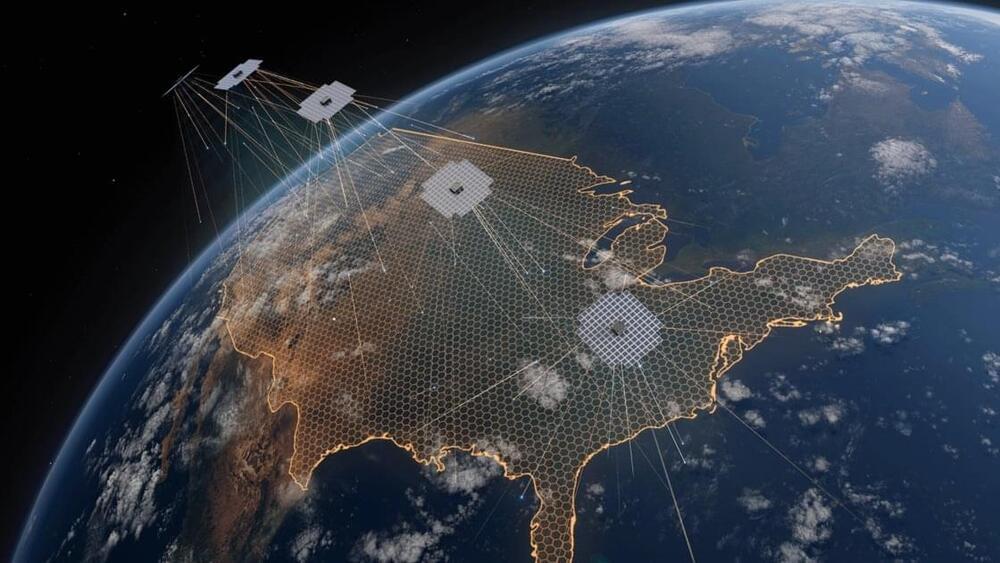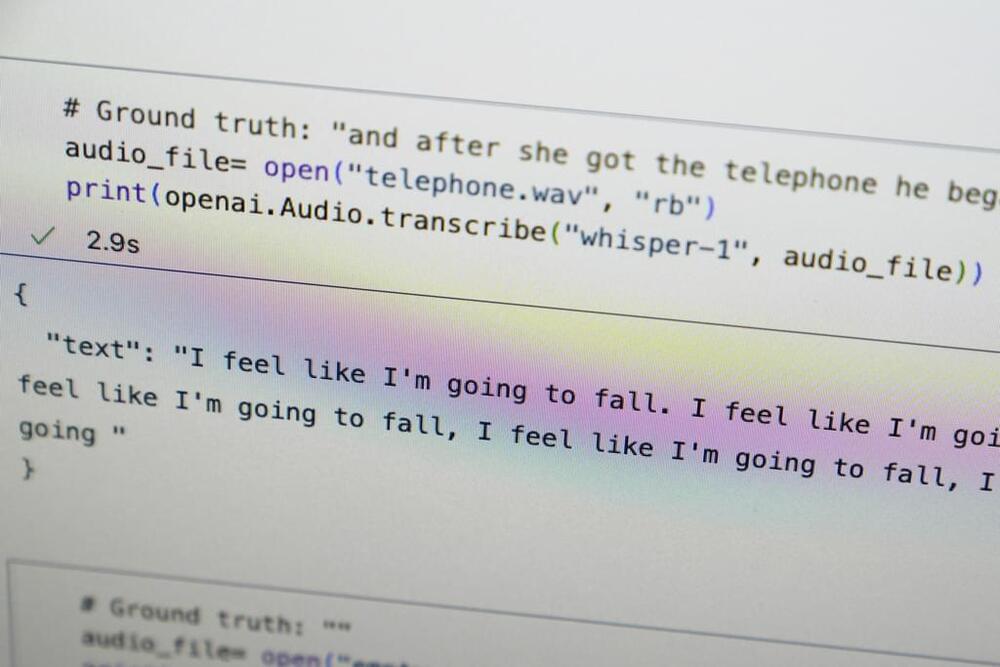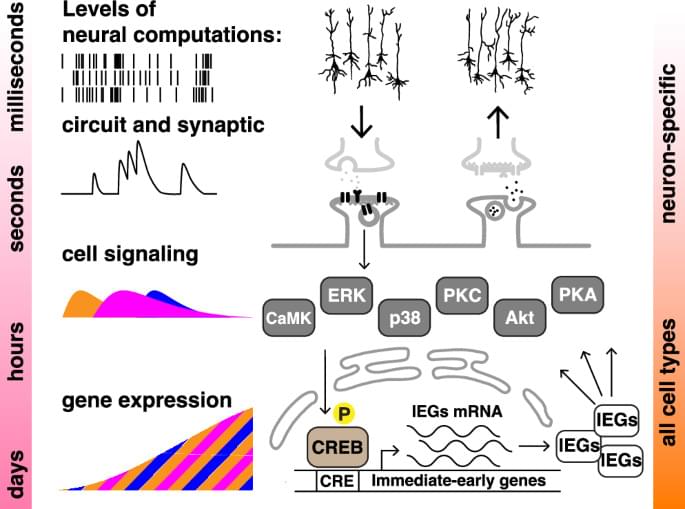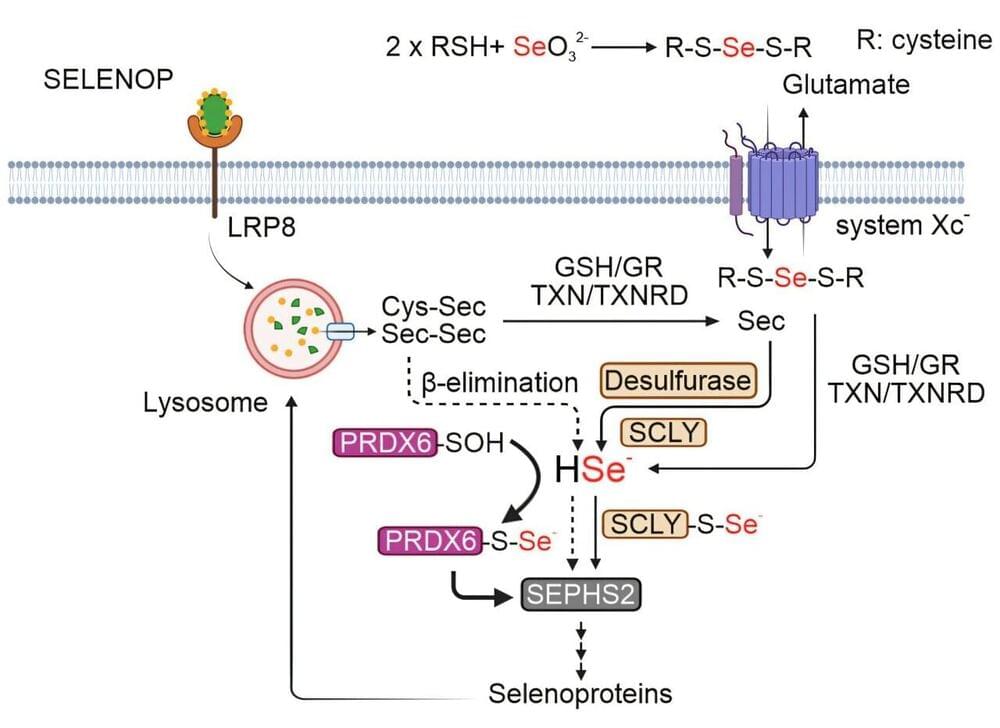Texas A&M University made a giant leap toward bolstering its contributions to space exploration on Friday, when university officials marked a groundbreaking ceremony for its $200 million space center in Houston. Work will begin in January on the Texas A&M University Space Institute, which is designed to support efforts in aeronauts, robotics and space engineering.
“As space exploration expands, there will be a growing demand for highly skilled engineers, scientists, and professionals. Texas A&M is ready,” said Texas A&M University System Chancellor John Sharp in a statement. “With this new facility, A&M will create workforce development opportunities in space-related fields.”









